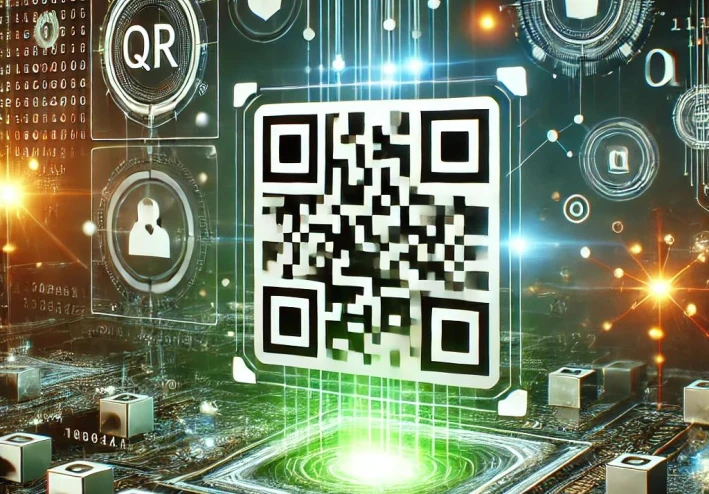
The Rise of Quishing Attacks

It feels like every now and then, there is a new term for scams. First, it was phishing, then there was smishing before vishing joined in and now we have Quishing. Quishing is simply the act of stealing sensitive data through QR codes. Scammers embed malicious links in QR codes, tricking unsuspecting users into scanning them
What makes Quishing particularly dangerous is that QR codes seem harmless and are often trusted, making them the perfect vehicle for launching phishing attacks. As QR codes become more widespread, from restaurants to payment systems, so do the risks

Watch out for Quishing, the scam you never see comics Quishing is the cybercriminal's clever play on "QR code phishing." Simply put, Quishing is the art of stealing data disguised as a QR code. These codes, which are meant to simplify tasks like accessing websites or making payments, are now being used to direct people to fake websites or secretly download malware onto their devices. The trick with Quishing is that you don't see the URL before scanning, so you have no idea where the code will take you until it's too late. It's this hidden nature of QR codes that makes Quishing hard to detect
Real-World Examples
How Quishing Happens One of the more common Quishing scams takes place at parking meters. Scammers stick fake QR codes over the real ones, and when drivers scan to pay, they're redirected to fraudulent sites that look like legitimate payment portals. Restaurants are also becoming a target, as scammers can place their fake QR codes over the ones provided by the restaurant. Diners scan to view the menu or pay, but instead, they're led to a site designed to steal personal or payment details

Quishing is also being used in fake bills. Scammers pose as utility companies or government agencies, sending out emails or even paper letters that include QR codes. People scan them, thinking they're paying a legitimate bill, but the code takes them to a fake website that collects their sensitive information
In some cases, scanning a malicious QR code can trigger the download of malware onto your device. This malware might steal your data, monitor your activities through spyware, or even lock your device in a ransomware attack
How to Spot and Avoid Quishing Scams When it comes to Quishing, there are a few key warning signs and best practices to keep in mind to avoid falling victim

Signs of a Quishing Attack
Suspicious QR Codes: Always check the appearance of a QR code before scanning it. If it looks damaged, out of place, or like a sticker covering something else, it could be a scam
Unusual Requests: Be on guard if scanning a QR code leads to a page asking for personal details like credit card numbers or passwords. Legitimate codes should rarely ask for sensitive information upfront
How to Protect Yourself from Quishing Scams
Verify Before You Scan: When in public spaces, check with an employee or business owner to confirm the QR code is legitimate

Watch Out for Unsolicited QR Codes: Be cautious when you receive QR codes via emails, text messages, or social media from unknown senders
Use QR Scanners with Previews: Some QR code scanning apps allow you to see a URL preview before you are redirected to a website
Keep Your Security Software Updated: Make sure your phone or computer's security software is always up to date to detect and block malicious files or websites
Be Cautious with Payments: If you're prompted to make a payment after scanning a QR code, verify the source before entering any financial information
The Bottom Line: Scan Smart, Stay Safe As convenient as QR codes are, they can be a hidden trap when used by cybercriminals for Quishing scams. To stay safe, always be cautious about where and when you scan QR codes, especially in public places or from unknown sources. With a bit of vigilance, you can enjoy the convenience of QR codes without falling victim to hidden threats
































